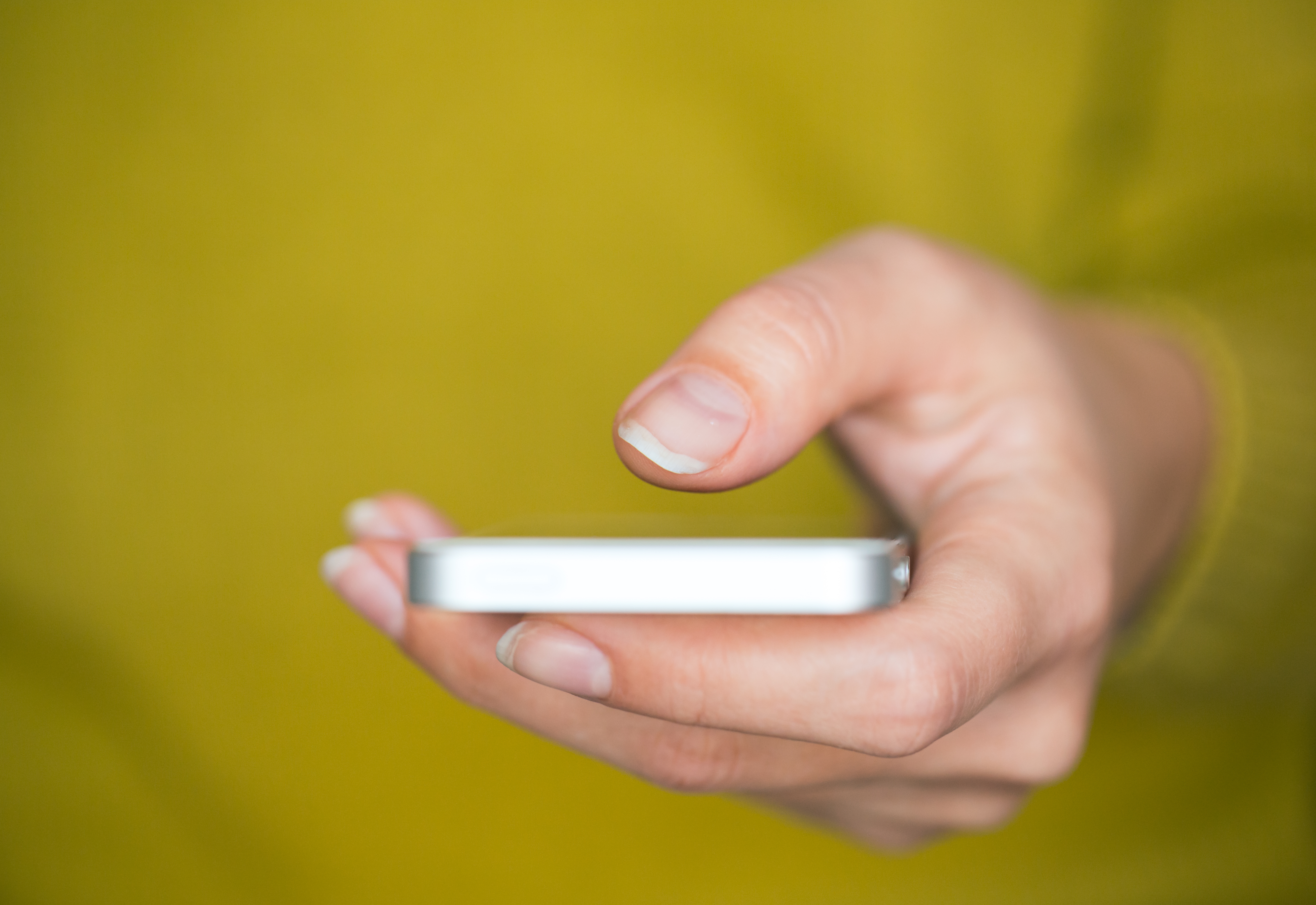
Mobile phones are increasingly more accessible by people with disabilities, but significant gaps remain, according to a newly published study from the Rehabilitation Engineering Research Center for Wireless Inclusive Technologies (Wireless RERC) at the Georgia Institute of Technology.
As part of the study, researchers at the Wireless RERC compared 2017 model year phones capable of receiving Wireless Emergency Alert notifications — a category that includes most top-tier phones — to 2015 versions and found improved accessibility across 10 of 13 features.
However, researchers found that phones offered by operators under the federally subsidized Lifeline program for low-income people fell short in nearly every category when compared to phones offered through traditional wireless plans.
The results are of concern because research shows that people with disabilities are more likely to have lower incomes and may make up a significant percentage of Lifeline users, according to lead author Salimah LaForce, senior policy analyst at the Center for Advanced Communications Policy (CACP) and project director for policy and outreach at the Wireless RERC. CACP houses the Wireless RERC.
